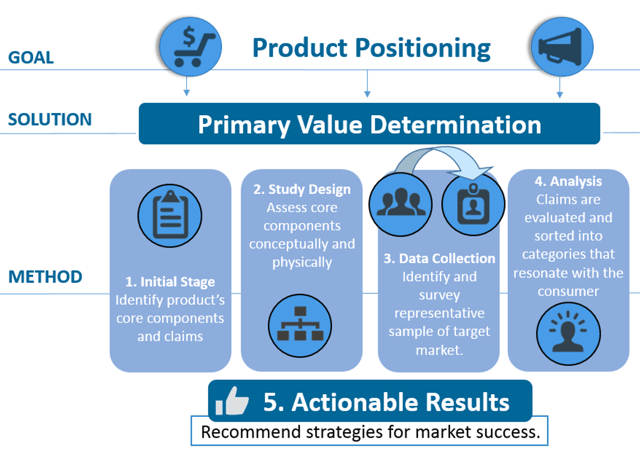
by Eileen Lee
May 24, 2016 9:30:00 AM
This post is the second in a series on the 5 Common Flaws that Lead to Product Failure. To access the whole message, make sure to read part one!
According to the Harvard Business Review, only 3% of products meet the $50 million benchmark, which represents a highly successful product launch. The review cites five common flaws of product launches that may attribute to this.
The first flaw identified is “the company can’t support fast growth.”
Companies that can’t keep up with the demand for their product, especially in the early days, are doomed to fail. When the shelves empty, knockoffs can fill the gap, stealing customers and potentially poisoning the product image with inferior quality.
An inferior product, masquerading as your innovation, could result in negative publicity. Within hours #FAIL can be attached to a product name and go viral, faster than the product can be restocked with the real item.
Problems like this are frequently the result of poor pre-launch planning. Clearly, the launch went well; there is excitement over the new product, it has consumers interested and eager to try it out, but inopportune timing and production can cause it all to fall apart.
Market Research Can Help Prepare for Growth
One effective way to address this issue is to use proper inputs to properly developed demand forecasts. As part of the market research phase, it is important to assess consumer demand for the product by conducting price elasticity and product adoption modeling research and product adoption modeling research, so these inputs to the forecast are as accurate as possible.
The product marketing research phase (also represented in infographic below):
1: Initial Stage: Identify the target market and product goals.
2: Design survey
3: Data collection: Survey representative sample of target market with a variety of product configurations.
4: Analysis: Determine the optimal product configurations and proper pricing.
5: Actionable Recommendations: Recommend strategies for rapid market adoption.

What It Means
Having market adoption and price elasticity data enables you to simultaneously address the production and supply fronts of the product-consumer battle. This helps producers to price the product properly while efficiently and accurately coordinating logistics for product assembly, production, and transportation to vendors. For suppliers, demand forecasting may assuage vendors’ reluctance to carry a new product.
Conducting product adoption marketing research enables companies to avoid potentially damaging situations where they can’t keep up with consumer demand for their products and help them make data-informed decisions to maximize their opportunities for success. Having an adequate supply to meet demand should be the least of your worries; once you’ve done the research, you can rest assured that your estimates will not be a source of product deficiency.
This blog post is the second in a six-part series on the 5 Common Flaws that Lead to Product Failure. If you're interested in learning more about these flaws and specific market research methods that can be used to combat them, you can subscribe to our bog to receive a notification when the next piece of the series is published.

